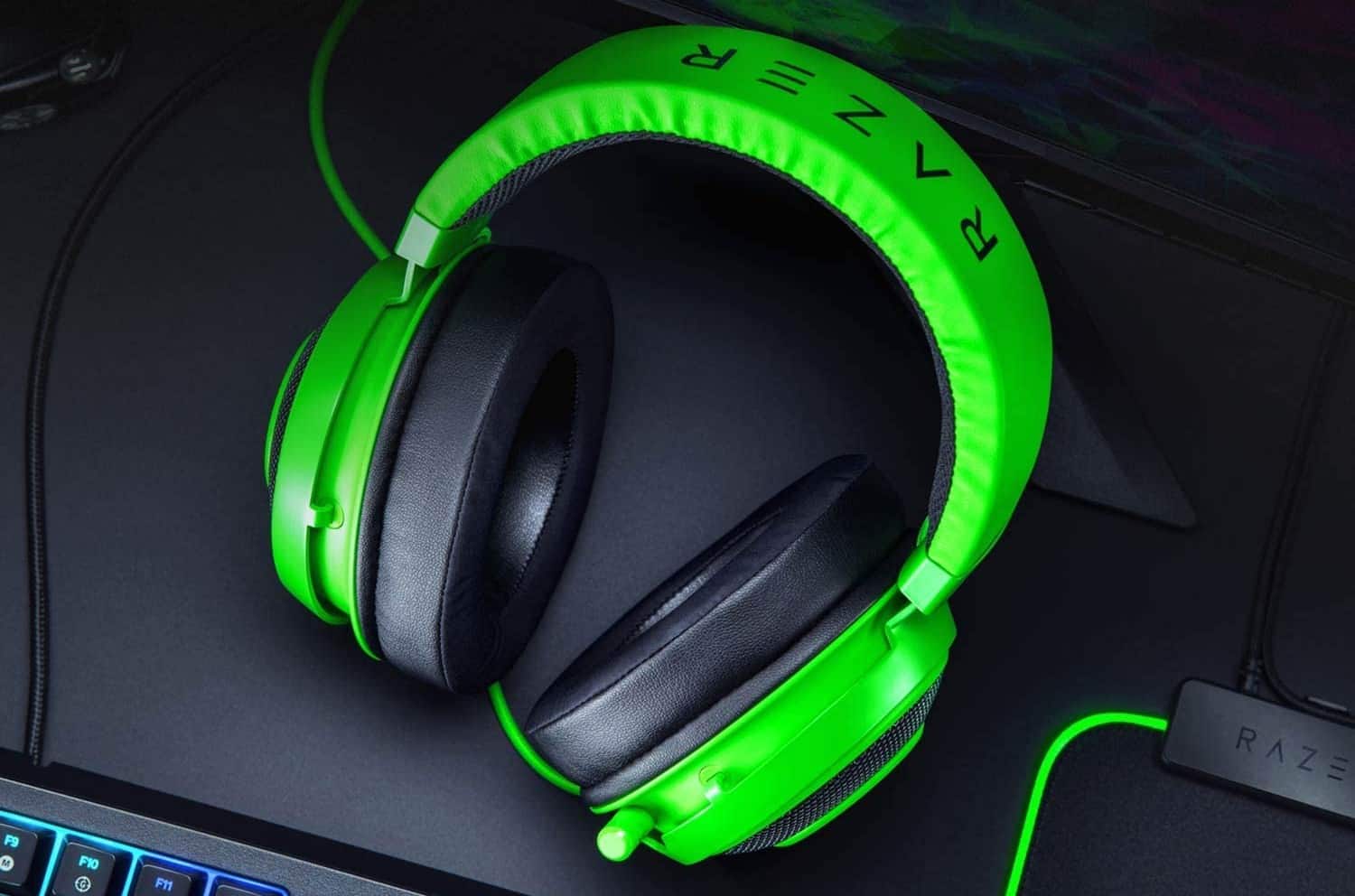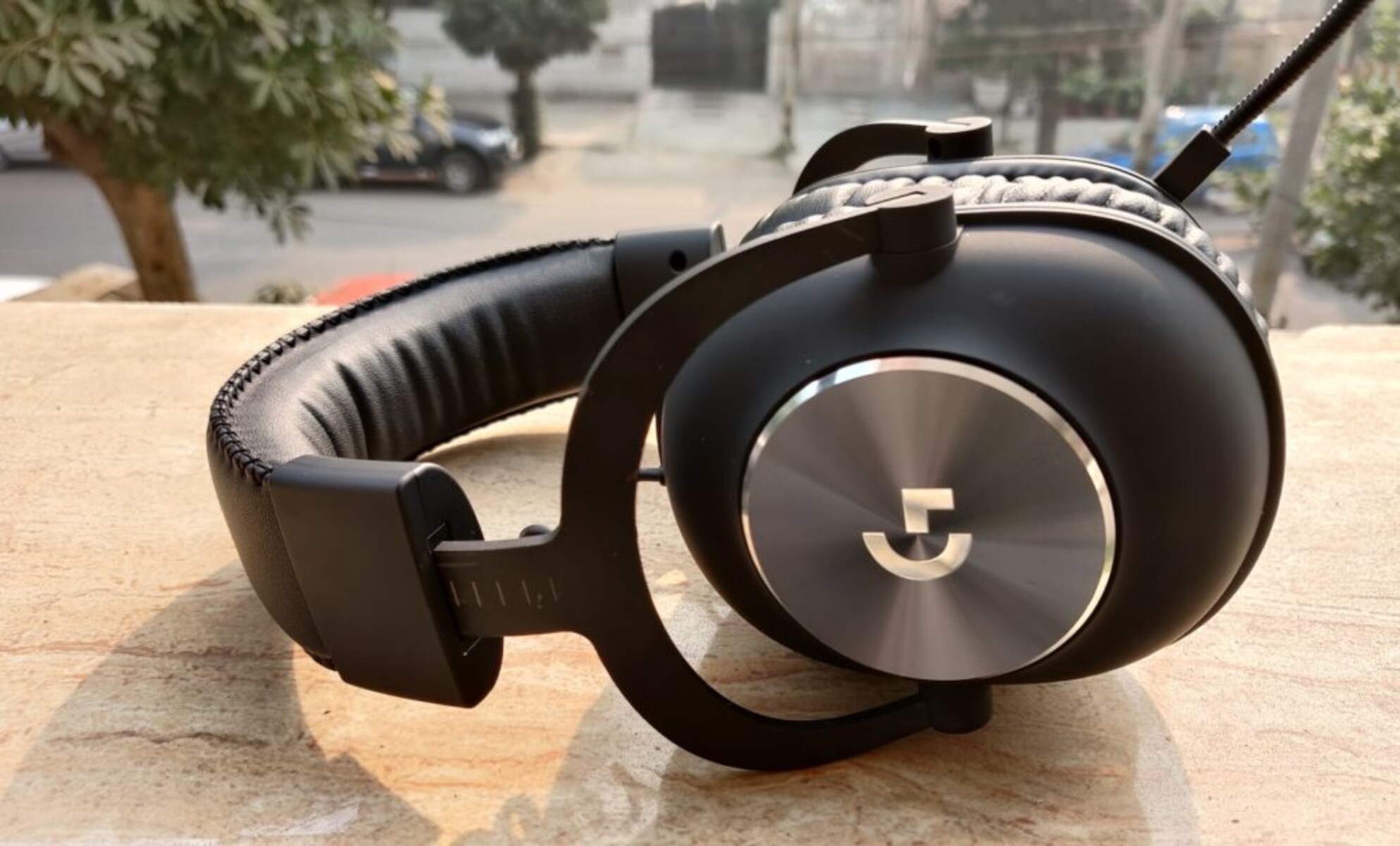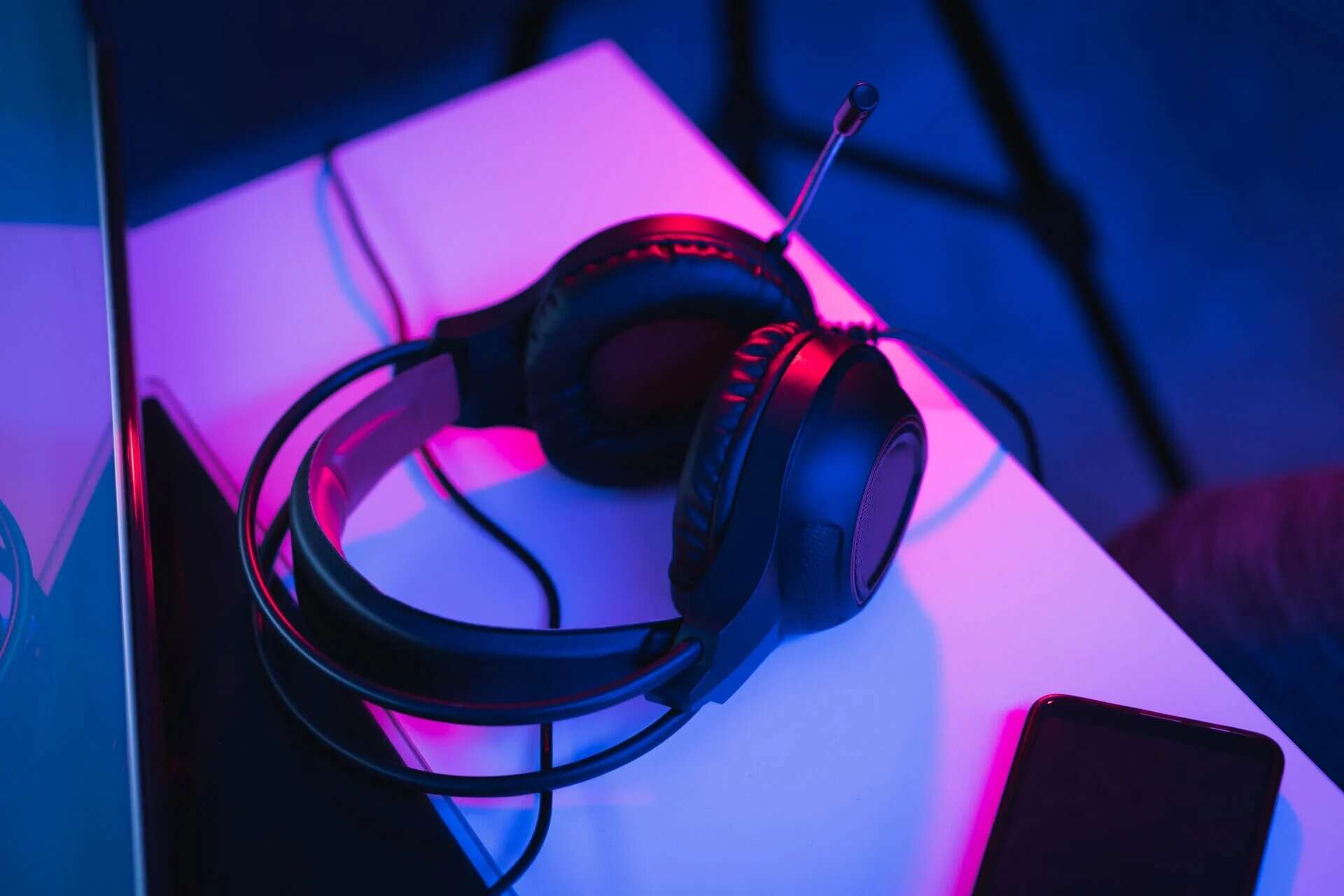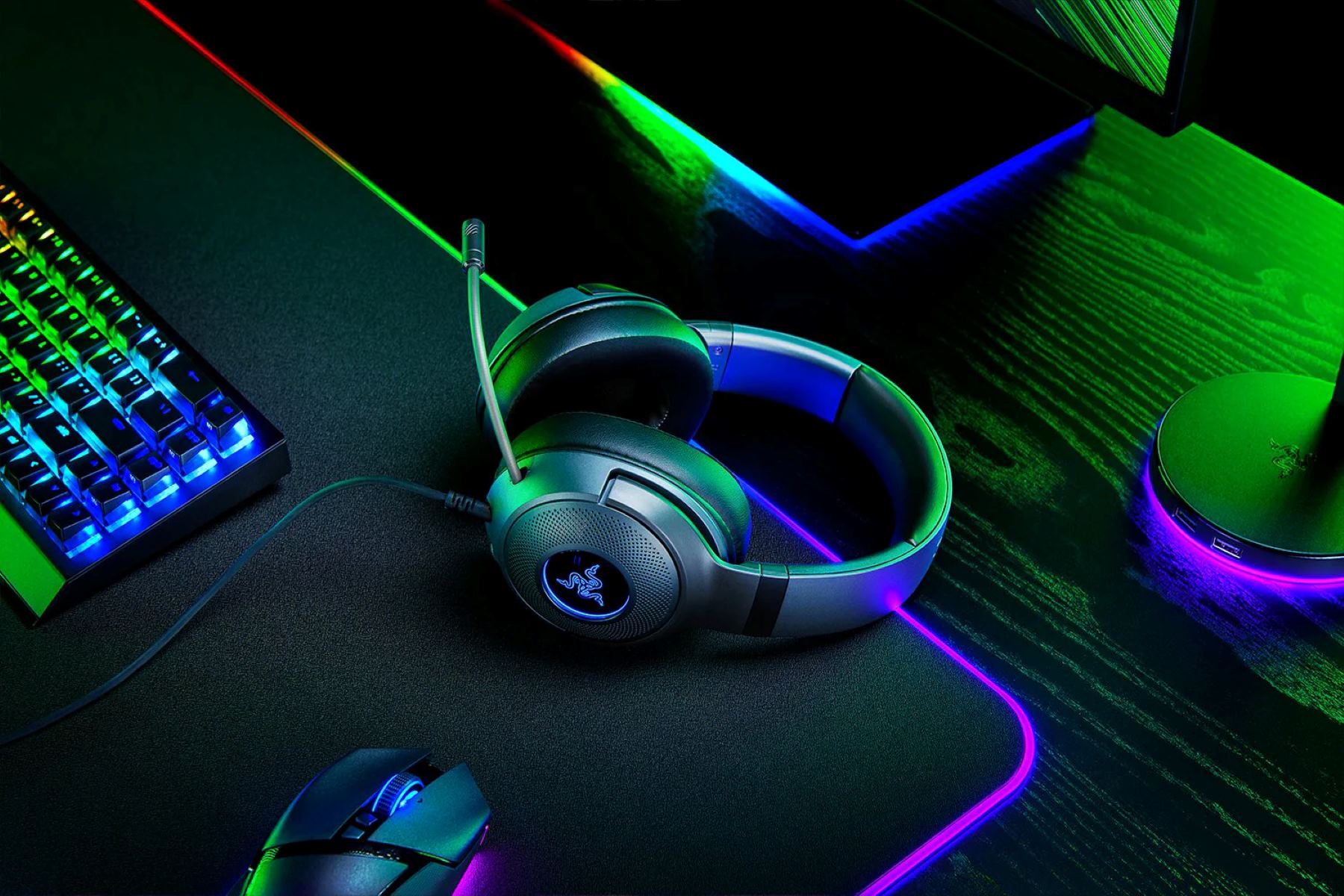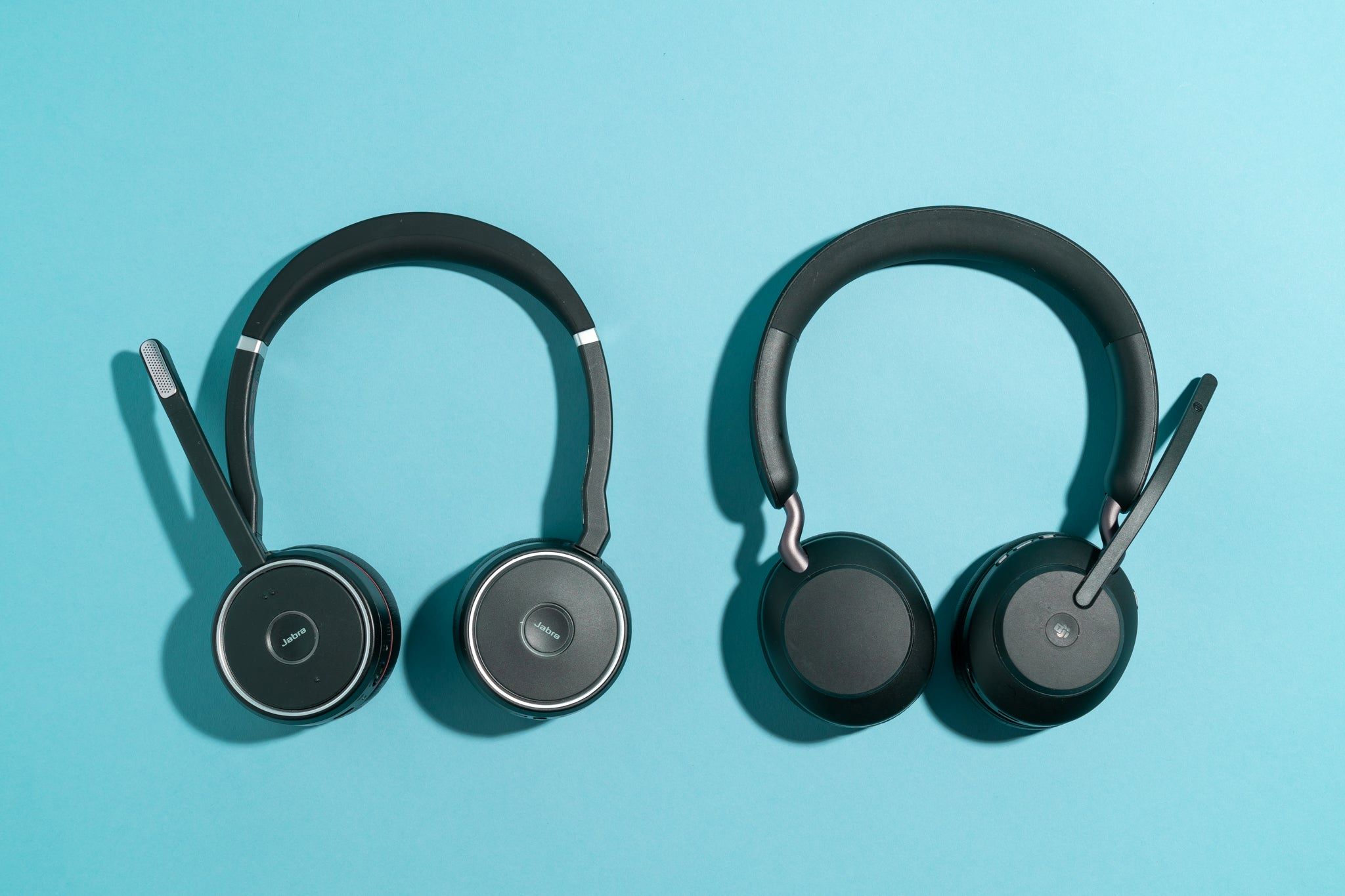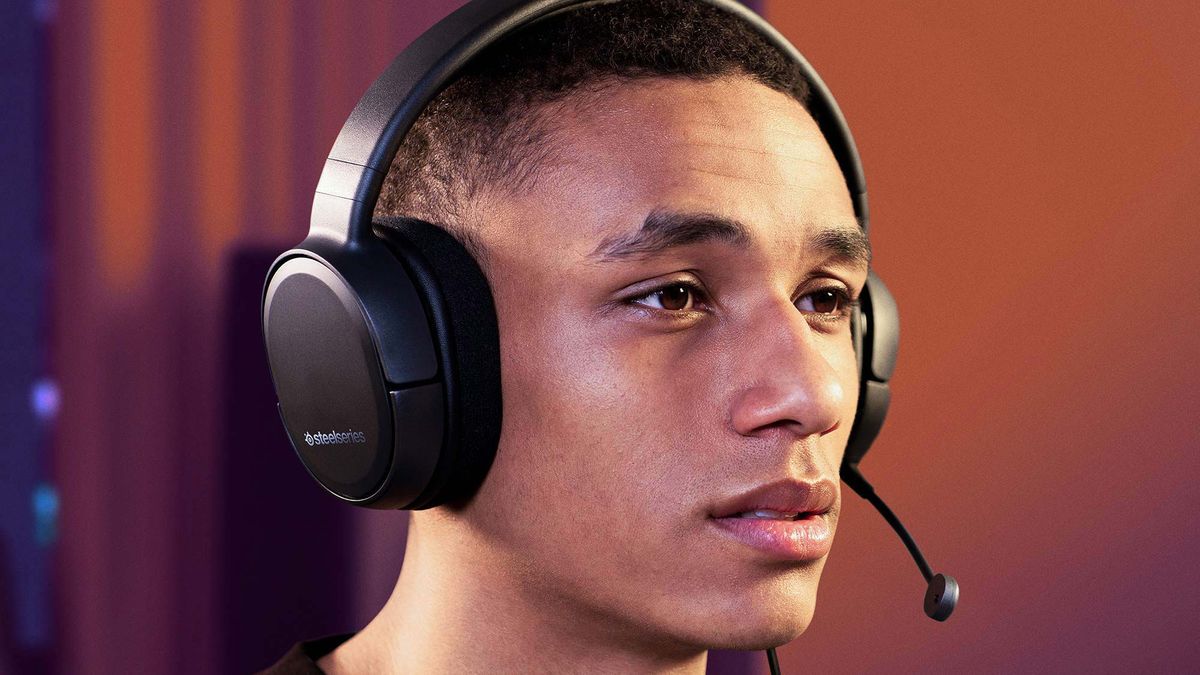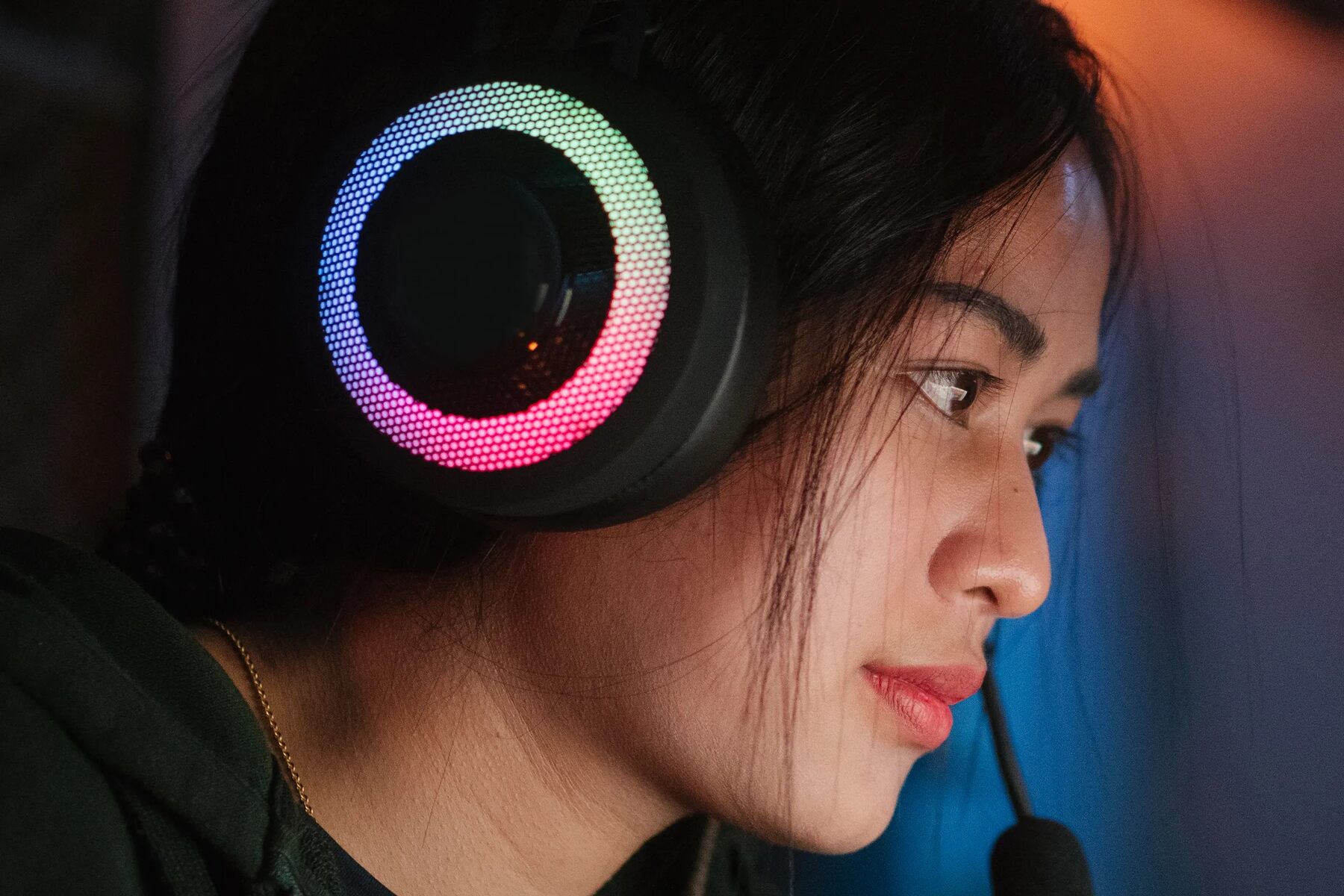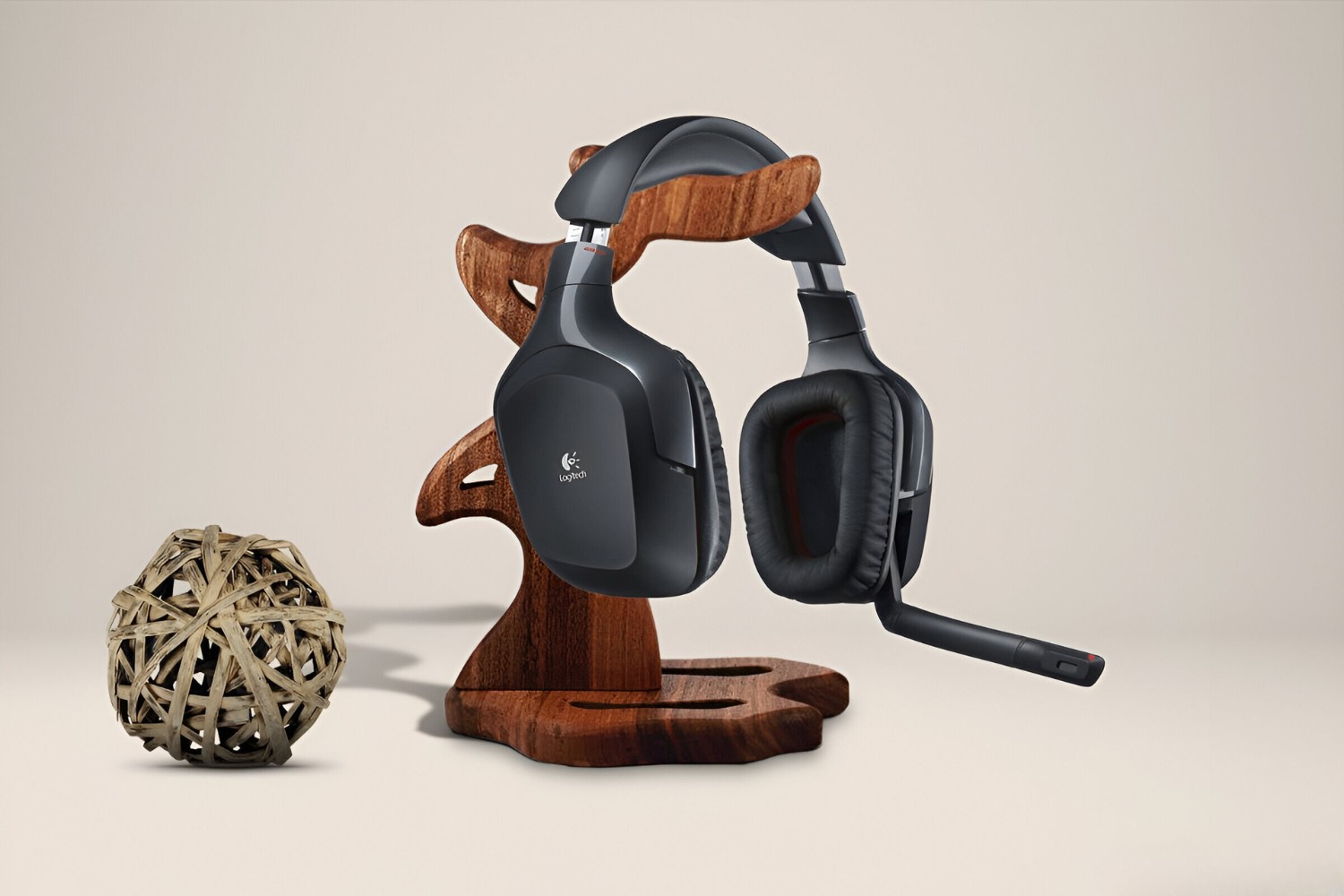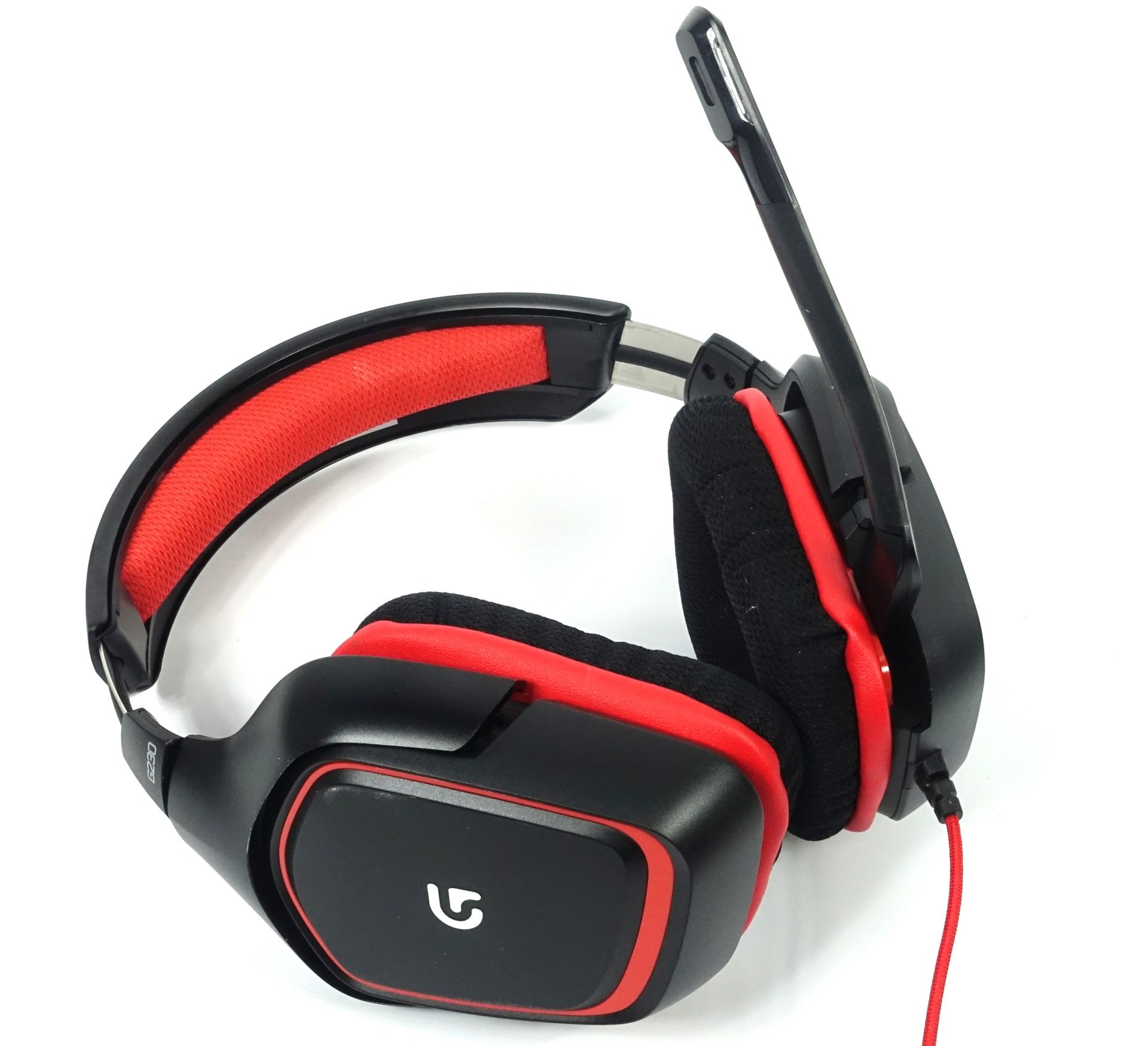Introduction
Welcome to the exciting world of gaming headsets and microphones! Whether you're a seasoned gamer or just starting out, having a reliable gaming headset with a high-quality microphone can greatly enhance your gaming experience. The ability to communicate clearly with your teammates, immerse yourself in the game's audio, and block out external distractions are just a few benefits of using a gaming headset with a microphone.
In this guide, we will walk you through the process of choosing the right gaming headset, setting up your gaming headset microphone, adjusting microphone settings, and providing tips for optimizing your gaming headset microphone usage. By the end of this article, you'll have the knowledge and confidence to make the most of your gaming headset microphone and elevate your gaming adventures to new heights.
So, whether you're gearing up for an intense multiplayer battle, streaming your gameplay to a live audience, or simply enjoying the immersive audio of your favorite games, understanding how to use a gaming headset microphone effectively is essential. Let's dive in and explore the world of gaming headsets and microphones together!
Choosing the Right Gaming Headset
When selecting a gaming headset, several key factors should be considered to ensure that it meets your specific needs and preferences. Here are some essential aspects to keep in mind:
- Audio Quality: The audio quality of a gaming headset is paramount. Look for a headset with high-fidelity sound, clear treble, powerful bass, and immersive surround sound capabilities. This will allow you to fully experience the audio landscape of your games and communicate effectively with other players.
- Microphone Quality: Since you’ll be using the microphone for in-game communication, it’s crucial to choose a headset with a high-quality microphone. Clear voice transmission, noise cancellation, and adjustable positioning are desirable features to look for in a gaming headset microphone.
- Comfort and Durability: Long gaming sessions require a headset that is comfortable to wear for extended periods. Look for features such as padded ear cups, adjustable headbands, and breathable materials. Additionally, durability is important to ensure that your headset can withstand the rigors of regular use.
- Compatibility: Ensure that the gaming headset is compatible with your gaming platform, whether it’s PC, console, or mobile. Compatibility with various devices will provide versatility and convenience.
- Wired vs. Wireless: Consider whether you prefer a wired or wireless gaming headset. Wired headsets typically offer lower latency and consistent connectivity, while wireless options provide freedom of movement and convenience.
- Additional Features: Some gaming headsets come with extra features such as customizable RGB lighting, on-headset controls, and software integration. Evaluate these additional features based on your personal preferences and gaming setup.
By carefully considering these factors and understanding your own gaming habits and preferences, you can make an informed decision when choosing the right gaming headset for your needs. Whether you prioritize audio quality, comfort, or versatility, the perfect gaming headset is out there waiting to enhance your gaming experience.
Setting Up Your Gaming Headset Microphone
Once you’ve chosen the ideal gaming headset, the next step is to set up the microphone for optimal performance. Proper setup ensures clear communication and an immersive gaming experience. Here’s a step-by-step guide to help you get your gaming headset microphone up and running:
- Connect the Headset: Begin by connecting your gaming headset to your gaming platform of choice. For wired headsets, plug the appropriate connectors into the corresponding audio and microphone jacks. If you’re using a wireless headset, follow the manufacturer’s instructions for pairing and connection.
- Adjust Microphone Position: Position the microphone close to your mouth, ensuring that it is not obstructed by any objects or clothing. Adjust the microphone boom to achieve the optimal distance for clear voice transmission while maintaining comfort during extended gaming sessions.
- Test the Microphone: Before diving into your gaming session, it’s essential to test the microphone to ensure that it’s functioning correctly. Use your gaming platform’s settings or dedicated software to perform a microphone test and listen to the playback to verify the audio quality.
- Configure Microphone Settings: Access the audio settings on your gaming platform and locate the microphone settings. Adjust the input volume, sensitivity, and noise cancellation features based on your preferences and the specific characteristics of your gaming environment.
- Software Integration (If Applicable): If your gaming headset comes with dedicated software, install and configure it to access additional microphone settings and customization options. This software may offer advanced features such as voice modulation, equalization, and noise suppression.
By following these steps, you can ensure that your gaming headset microphone is set up correctly and ready to deliver clear and crisp audio during your gaming adventures. Proper positioning and configuration are essential for effective communication with teammates and an immersive gaming experience.
Adjusting Microphone Settings
Optimizing your gaming headset microphone settings is crucial for achieving clear and reliable voice transmission while minimizing background noise and distractions. Here are some essential tips for adjusting your microphone settings:
- Input Volume: Adjust the input volume of your microphone to achieve an optimal balance between clear audio transmission and avoiding distortion. Test different volume levels while speaking into the microphone and adjust the input volume accordingly.
- Sensitivity: Many gaming headsets offer microphone sensitivity settings, allowing you to control how the microphone picks up sound. Fine-tune the sensitivity to ensure that your voice is captured accurately without capturing excessive ambient noise.
- Noise Cancellation: If your gaming headset features noise cancellation technology, enable it to minimize background noise and focus on capturing your voice. This feature is particularly useful in noisy environments or when gaming in shared spaces.
- Positioning and Distance: Pay attention to the positioning and distance of the microphone from your mouth. Experiment with the microphone boom’s placement to find the optimal distance that captures your voice clearly without picking up unnecessary ambient sounds.
- Real-Time Monitoring: Some gaming headsets offer real-time monitoring, allowing you to hear your own voice through the headset. This feature can help you adjust your speaking volume and monitor the clarity of your voice during gameplay.
- Equalization (EQ) Settings: If your gaming headset supports EQ settings, consider adjusting the equalization to enhance the tonal quality of your voice. Experiment with different EQ presets or customize the settings to achieve a voice profile that suits your preferences.
By fine-tuning these microphone settings, you can ensure that your gaming headset microphone delivers clear and natural-sounding voice communication, creating an immersive and engaging gaming experience for both you and your teammates. Taking the time to adjust and customize these settings according to your preferences can significantly enhance the overall gaming experience.
Tips for Using Your Gaming Headset Microphone
Maximizing the effectiveness of your gaming headset microphone involves more than just technical setup and adjustments. Consider the following tips to elevate your microphone usage and enhance your overall gaming experience:
- Maintain Proper Hygiene: Regularly clean the microphone and headset to prevent the buildup of dust, debris, and oils from your skin. A clean microphone ensures optimal audio quality and longevity of your gaming headset.
- Use a Pop Filter: Consider using a pop filter or foam windscreen to minimize plosive sounds (such as “p” and “b” sounds) and reduce the impact of breath and wind noise on the microphone. This can result in clearer and more pleasant voice transmission.
- Position the Microphone Correctly: Maintain a consistent and optimal distance between your mouth and the microphone to ensure consistent audio quality. Avoid moving the microphone excessively during gameplay to prevent fluctuations in voice clarity.
- Communicate Clearly and Concisely: When communicating with teammates, articulate your words clearly and avoid speaking too loudly or softly. Effective communication enhances teamwork and coordination during multiplayer games.
- Minimize Background Noise: Create a gaming environment with minimal background noise to improve the accuracy and clarity of your voice transmission. Close windows, minimize external distractions, and consider using noise-isolating ear cups for better focus.
- Take Breaks and Stay Hydrated: During extended gaming sessions, remember to take breaks and stay hydrated. This can prevent vocal fatigue and maintain the clarity and energy of your voice during communication.
- Customize Voice Profiles (If Available): Some gaming headsets offer voice profile customization, allowing you to modify the tonal characteristics of your voice. Experiment with these features to find a voice profile that suits your preferences and enhances your gaming experience.
- Respect Privacy and Mute When Needed: If you need privacy or wish to avoid transmitting audio, utilize the microphone mute function when necessary. Respect the privacy of others and use this feature to control when your voice is transmitted during gameplay.
By incorporating these tips into your gaming headset microphone usage, you can optimize your communication, maintain audio quality, and contribute to a more enjoyable and immersive gaming environment for yourself and your fellow players.







